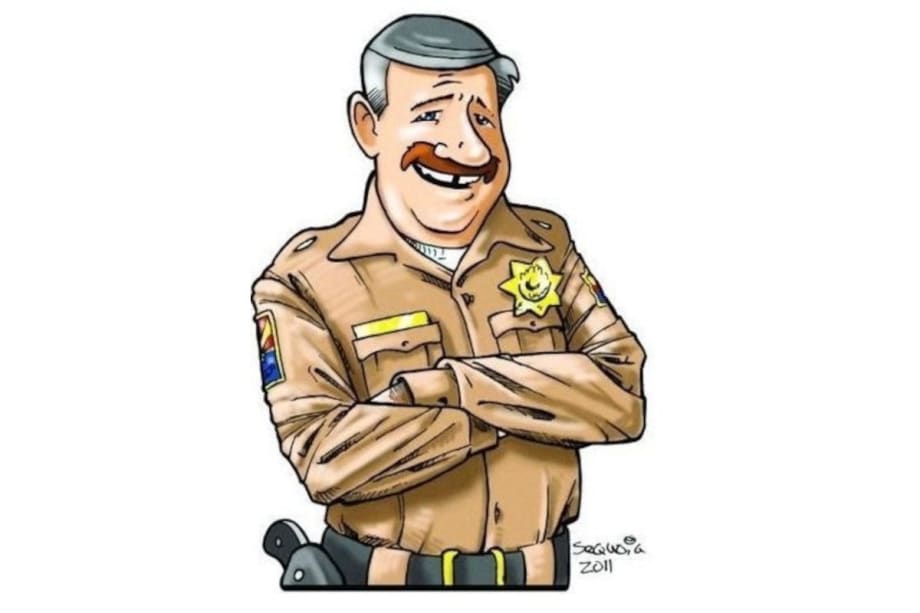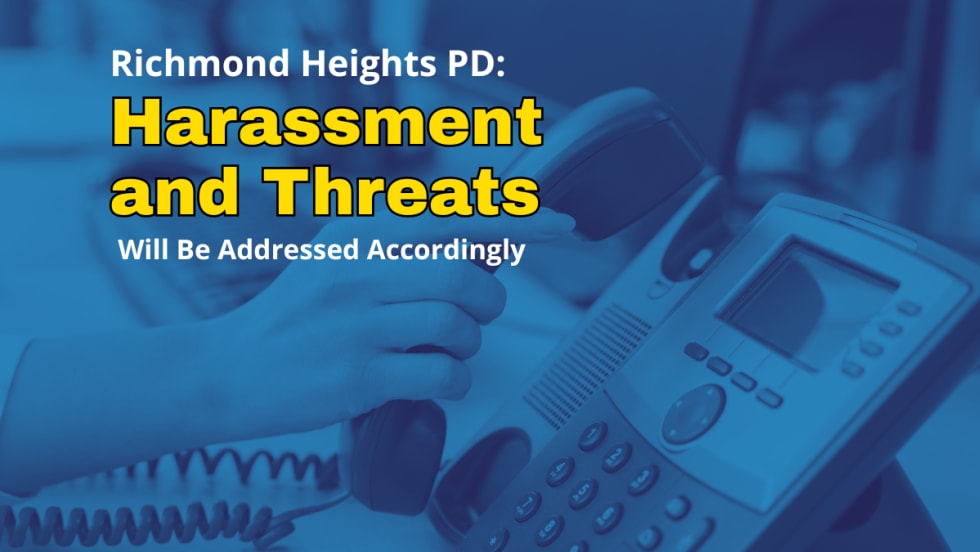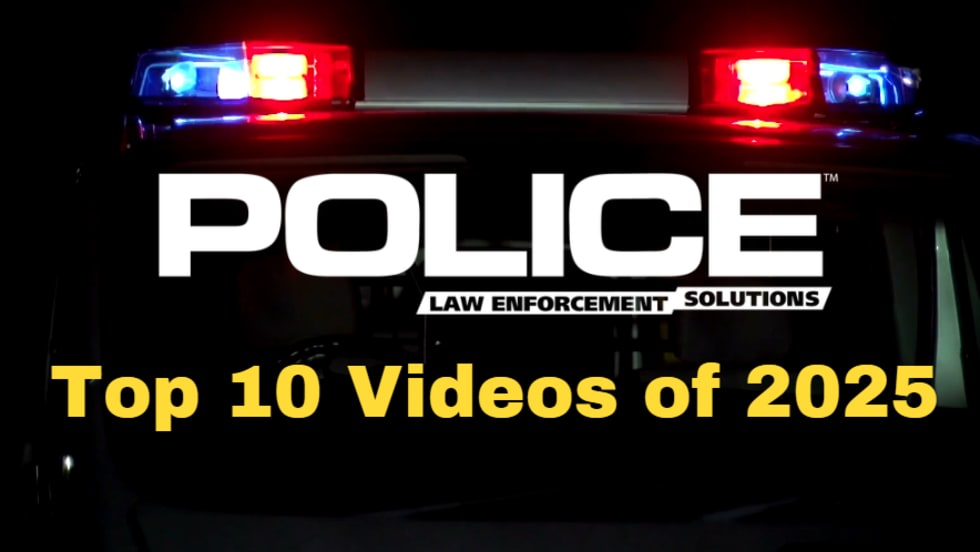Recently, I attended a presentation by Major Mychal Johnson of Goodhue County, MN, on developing an effective agency checklist for handling officer-involved shootings in the modern environment. Minnesota is ground zero for the maelstrom of anti-police activity and his first-hand experience has given him wisdom and insight that are vitally important today. Everyone from dispatch to chief or sheriff should have a copy of the agency policy, and the instant a scene is secure, a fair and honest investigation should begin that both the public and law enforcement can have confidence in.
Key points like establishing an incident command system and locating witnesses and ensuring preservation of evidence are all common sense. But in stressful situations human memory often fails and the fact that shootings are still relatively rare in the life of our officers makes a checklist more important than ever. Notifying involved personnel to stay off personal phones, while making sure family is notified and union representation contacted if appropriate, are both things that should be stated in writing, readily available, and not hidden away in a manual. Major Johnson issues his checklist in laminated form so everyone has one on hand.
Simple steps like this help take away the powerful anxiety that I find is so common in officers who are involved in shootings, who all too often feel a sense of “What is going to happen next and what will the agency do?” Time and again I have interviewed crime fighters after a critical incident, and they told me the administrative stress they felt after the shooting far exceeded the tension they felt during the life and death situation they had faced.
Following the good Major’s guidelines, former prosecutor and use-of-force legal expert Imran Ali presents ideas on how to properly structure use-of-force reports to show exactly why the level of force you chose to use was justified. As the original prosecutor reviewing the infamous Kim Potter “TASER confusion” case, his explanation for justification of force in this day and age was compelling. This takes the form of a series of questions:
Who exactly are you? I mean what is your size, age, level of exhaustion, injuries, experience, backup available or lack of, and anything else others need to know? Who is the subject? Does he or she understand you, comply or not, appear under the influence of drugs or alcohol, what offense are you suspecting and what weapons are present, nearby, or suspected? Are they alone, with allies, or with folks who you are unsure what they will do? Have you had prior contact with the subject or other intelligence about them that might be relevant to your contact?













